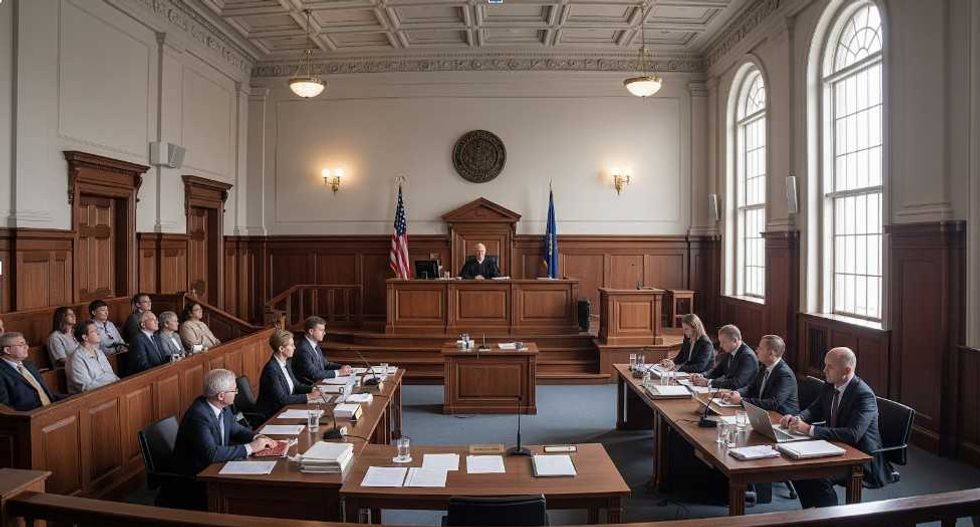In March of 2012 and April of 2014, two social media fueled revolutions reached people around the world. Remember the Kony 2012 campaign for the arrest of African militia leader Joseph Kony and the Bring Back Our Girls campaign for the 276 Nigerian schoolgirls who were kidnapped by the terrorist group Boko Haram? It seems that when these campaigns were new and popular, they tugged on the heartstrings of people everywhere. The Kony 2012 video was shared by millions of people on various social media websites, and the Bring Back Our Girls campaign was backed by people everywhere, including first lady Michelle Obama.
First, let’s get some background information on these digital activism movements.
Kony 2012 was essentially a short film that called for the arrest of African militia leader, Joseph Kony, for his crimes against humanity, mainly the forced recruitment of child soldiers. The film is centered around the Invisible Children, group that focuses on the capture of Joseph Kony in honor of all the children that he recruited for his African militia groups. The film called for a night for people all over the world to plaster their communities with posters of the face of Joseph Kony, so the film and the group behind the film could gain recognition in the international community, hopefully resulting in the arrest of Joseph Kony. The night resulted in much less of a turn out than expected or wanted, groups of about 17 people met in cities in Canada. Needless to say, the Kony 2012 movment and film did not result in the capture of Joseph Kony, or any of the other goals that Invisible Children wanted to meet.
The Bring Back Our Girls campaign began with the kidnapping of 276 Nigerian schoolgirls from a small village called Chibok by the Islamic terrorist group, Boko Haram. The campaign resulted in a worldwide support for the schoolgirls to be recovered, and brought back to safety. It was supported by government officials everywhere, including Michelle Obama. Needless to say, this digital movement didn’t result in finding all of the kidnapped girls- 219 of the girls still remain missing, and young boys are also forced to join Boko Haram, as well.
It’s often that we hear of something that once was important to us in the past, or popular in the past. Kony 2012 broke the hearts of people everywhere, and Bring Back Our Girls showed the world just how dangerous it is for children in places that we often forget even exist.
But what let us forget about these children that are in such dangerous areas that are not fully understandable to us? It’s isn’t a lack of support, rather the frustration we feel when we see that our hard work can lack results. So many people supported and advocated for the safety of all of these children in turmoil, so the problem never lied with a lack of support. These digital movements instead lacked results, so we tend to give up on them, and it hurts us when we suddenly remember that those children are still out there, so we try to not acknowledge the situation at hand.
The reality is, we will only find results when we persevere, and not give up. If we want to find solutions for worldwide problems, we can, but we also have to face facts that can hurt or frustrate us, like the facts presented in the Kony 2012 and Bring Back Our Girls campaigns.





















